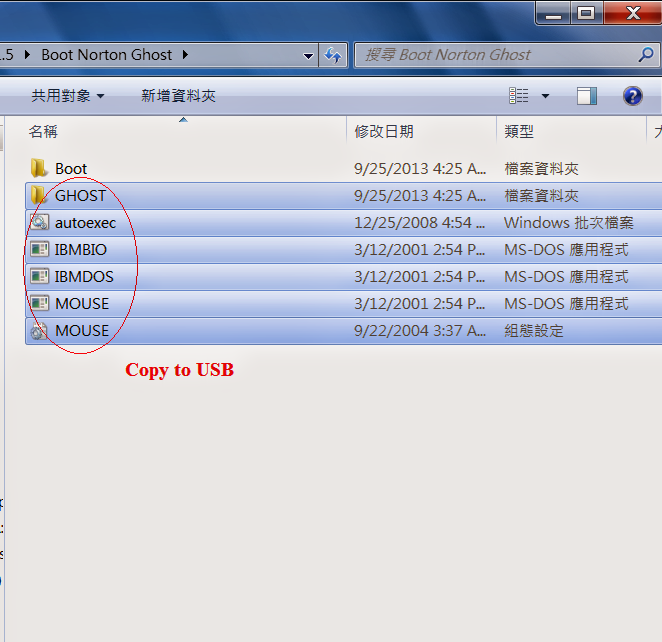
Usb Boot Norton Ghost 115 Download
Contents • • • • • • • • • • • • • • • • • • • • • • • • • • • • • • • • History [ ] Binary Research developed Ghost in, New Zealand. After the Symantec acquisition, a few functions (such as translation into other languages) were moved elsewhere, but the main development remained in Auckland until October 2009 at which time much was moved to India. [ ] Technologies developed by 20/20 Software were integrated into Ghost after their acquisition by Symantec in April 2000.
~~~~~~~~~~ITALIANO~~~~~~~~~~ Qui ci sono i link utili per scaricare e installare Bonecraft: - Bonecraft torrent: - Crack funzionante se quella presente nel file iso non va: - DNS Jumper: ~~~~~~~~~~ENGLISH~~~~~~~~~~ Here there is links for download and install Bonecraft: - Bonecraft torrent: - Working crack if the one in the iso doesn't work: - DNS Jumper: _______________________________________________________ ~~~~~~~~~~USEFUL LINK~~~~~~~~~~ Files for DLL Error: Utorrent: Daemon tools: Winrar 32 bit: Winrar 64 bit: _______________________________________________________ Facebook. Bonecraft serial number.
Ghost is a disk cloning and backup tool originally developed by Murray Haszard in 1995 for Binary Research. The technology was acquired in 1998 by Symantec. The off-line version of Ghost, which runs from bootable media in place of the. Not work using newer features such as USB 2.0, instead only operating at 1.0.
Ghost 3.1 [ ] The first versions of Ghost supported only the cloning of entire disks. However, version 3.1, released in 1997 supports cloning individual. Ghost could clone a disk or partition to another disk or partition or to an image file. Ghost allows for writing a clone or image to a second disk in the same machine, another machine linked by a parallel or network cable, a network drive, or to a tape drive. Ghost 4.0 and 4.1 [ ] Version 4.0 of Ghost added technology, following the lead of a competitor,.
Multicasting supports sending a single image simultaneously to other machines without putting greater stress on the network than by sending an image to a single machine. This version also introduced Ghost Explorer, a program which supports browsing the contents of an image file and extract individual files from it. Explorer was subsequently enhanced to support adding and deleting files in an image with, and later with,.
Until 2007, Ghost Explorer could not edit NTFS images. Ghost Explorer could work with images from older versions but only slowly; version 4 images contain indexes to find files rapidly. Version 4.0 also moved from to. The additional memory available allows Ghost to provide several levels of for images, and to provide the file browser.
• New titles added every day! • Get the best Books, Magazines & Comics in every genre including Action, Adventure, Anime, Manga, Children & Family, Classics, Comedies, Reference, Manuals, Drama, Foreign, Horror, Music, Romance, Sci-Fi, Fantasy, Sports and many more. Said buryatskij audio lekcii.
In 1998, Ghost 4.1 supports password-protected images. Ghost 5.0 (Ghost 2000) [ ] Version 5.0 moved to. Unlike the of earlier versions, 5.0 uses a (GUI). The Binary Research logo, two stars revolving around each other, plays on the main screen when the program is idle.
In 1998, Gdisk, a script-based, was integrated in Ghost. Gdisk serves a role similar to, but has greater capabilities. Ghost for NetWare [ ] A Norton Ghost version for (called 2.0), released around 1999, supports partitions (although it runs in, like the others). Ghost 6.0 (Ghost 2001) [ ] Ghost 6.0, released in 2000, includes a management console for managing large numbers of machines. The console communicates with client software on managed computers and allows a to refresh the disk of a machine remotely. As a DOS-based program, Ghost requires machines running Windows to reboot to DOS to run it. Ghost 6.0 requires a separate DOS partition when used with the console.